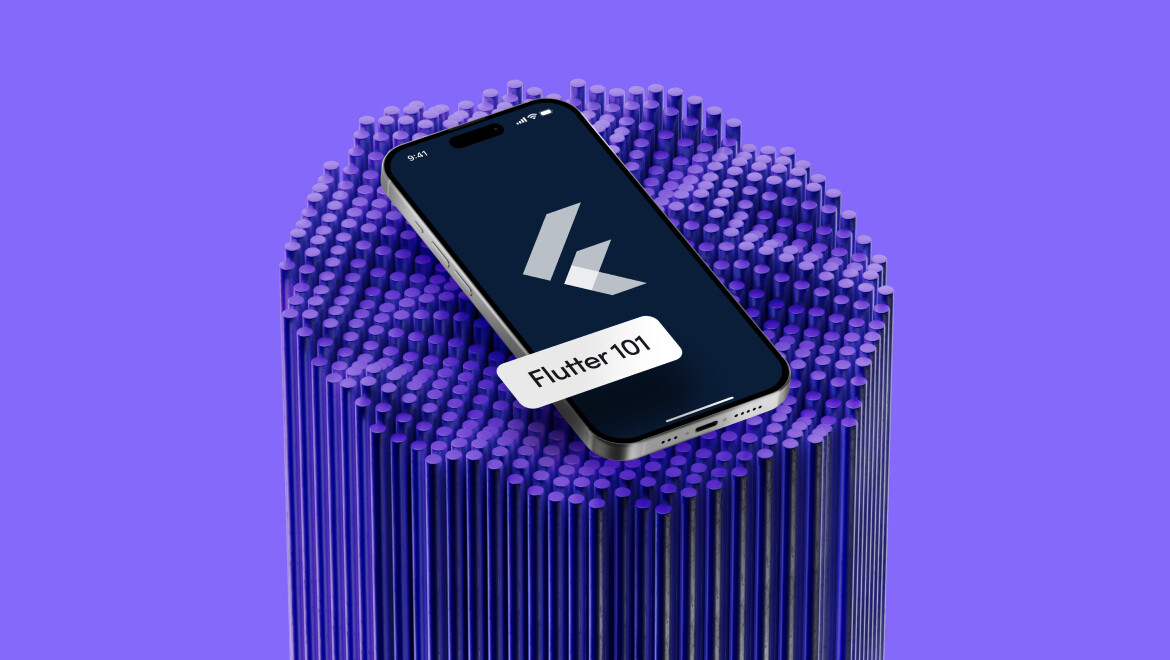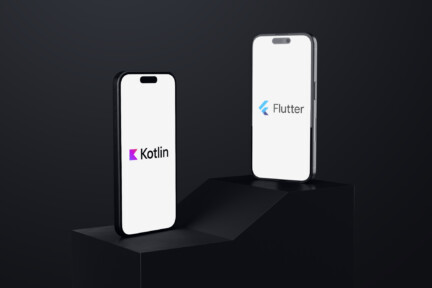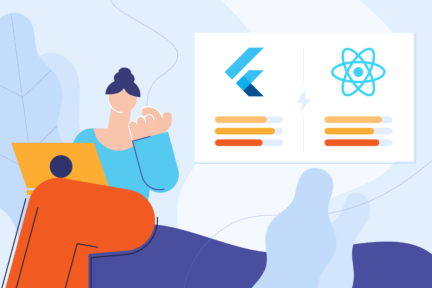- Home
- Flutter 101
- Flutter vs. Kotlin Performance


Flutter vs. Kotlin Performance
Flutter vs. Kotlin Performance
Flutter vs. Kotlin Performance Comparison
When evaluating Flutter vs. Kotlin performance for your mobile app development, it’s essential to focus on metrics that matter most to business outcomes: speed, scalability, and cost-efficiency.
Flutter Performance:
Flutter, developed by Google, is a cross-platform framework that uses the Dart programming language. It offers high-performance rendering, thanks to its Skia graphics engine, ensuring smooth animations and fast UI rendering. From a business standpoint, this reduces time-to-market as the same codebase is used for both iOS and Android. However, while Flutter’s performance is highly optimized for UI-heavy applications, it might lag in native performance when compared to Kotlin, especially for computationally intensive tasks.
Key Advantages:
- Reduced Development Costs: With a single codebase for both platforms, Flutter saves on development time and resources.
- Quick Prototyping: Hot reload feature allows rapid testing and iteration, reducing downtime during Flutter app development.
- UI/UX Quality: Flutter provides near-native performance for UI rendering, making it ideal for businesses where a polished user interface is crucial to customer engagement.
Kotlin Performance:
Kotlin, on the other hand, is the preferred language for Android development and provides native performance. As a statically typed language, Kotlin can directly interact with native components, leading to faster execution times for Android-specific functionalities. Kotlin also has a multiplatform capability, though it’s still evolving and not as mature as Flutter’s cross-platform approach.
Key Advantages:
- Superior Native Performance: For Android-specific apps or apps that rely heavily on device-specific features, Kotlin offers better performance, leading to smoother operations and a better user experience.
- Long-term Scalability: Since Kotlin is officially supported by Google and seamlessly integrates with the Android ecosystem, it’s a more scalable choice for businesses looking to build high-performance Android apps that may need future updates or deeper system integration.
Summary
- Cost & Time Efficiency: Flutter wins if your goal is to reduce costs by developing a cross-platform solution. Kotlin, however, requires separate codebases for iOS and Android, potentially increasing development time and costs.
- Performance Requirements: For apps that demand native performance and make extensive use of Android’s hardware features, Kotlin is the better choice. Flutter, while efficient, may struggle with tasks that require deep platform integration or high computation power.
- Scalability and Future-Proofing: Kotlin is better suited for long-term scalability in the Android ecosystem, while Flutter shines in short-term projects needing fast market entry across multiple platforms.
In conclusion, choosing between Flutter and Kotlin for performance optimization largely depends on your business goals: if cost efficiency and cross-platform capability are priorities, Flutter is your best bet. However, if native Android solutions are paramount, Kotlin is the superior option.
Ready to discover more terms?






